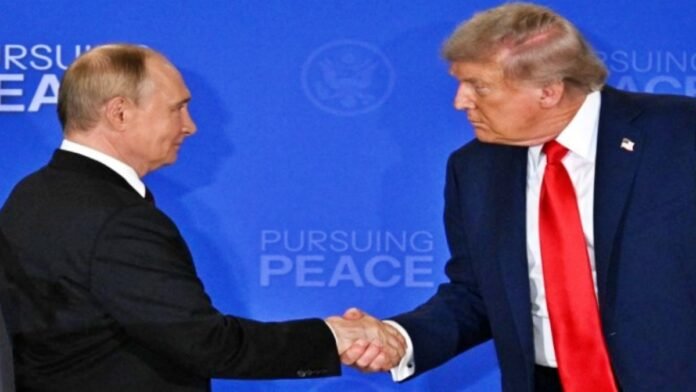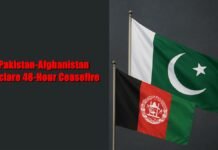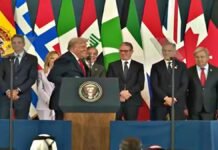
Key Points
- US Secretary of State Marco Rubio says Vladimir Putin’s delegation paid ~$250,000 in cash to refuel three aircraft in Alaska.
- Rubio cites US banking sanctions on Russia as the reason cash was used.
- Delegation reportedly stayed ~5 hours; no agreement announced after Trump–Putin meet.
- Rubio: Sanctions bite daily but haven’t changed the war’s outcome; skeptical new sanctions would force a ceasefire.
- Reports suggest a Russian proposal was floated; Trump encouraged Ukraine to consider talks.
New Delhi: An unusually dramatic detail emerged from last Friday’s high-stakes Alaska meeting between US President Donald Trump and Russian President Vladimir Putin: as Putin departed, his team allegedly settled refueling costs in cash about $250,000 for three aircraft. According to US Secretary of State Marco Rubio, the payment method was necessitated by ongoing US financial sanctions restricting Russia’s access to the American banking system.
Why Cash? The Sanctions Factor
- Rubio said US sanctions effectively block Russia’s routine access to American financial rails, complicating electronic or bank-based transactions tied to state delegations.
- As a workaround, Russian officials purportedly arrived prepared to pay in cash for aviation fuel and ground services.
- The episode underscores how sanctions create logistical friction—even during top-level diplomatic engagements.
Inside the Alaska Stop
- Arrival: Putin reportedly received a full ceremonial welcome on August 15, including red carpet protocol.
- Duration: The Russian delegation spent roughly five hours on the ground, covering bilateral talks and a joint press appearance.
- Departure: The entourage left soon after the press conference concluded, with no signed agreements announced.
Diplomacy Without a Deal
- No agreement reached: Trump publicly indicated that the talks did not produce a formal accord.
- Discussion contours: Media reporting suggested a Russian proposal remained “on the table,” and Trump appeared to encourage Ukraine to weigh the idea an element likely to spark debate in Kyiv and Western capitals.
- Rubio’s assessment: While sanctions are “in full force” and do exert daily pressure on Russia, they have not altered the trajectory of the war; he expressed doubt that additional measures alone would compel a ceasefire.
What It Means
- Sanctions’ real-world impact: The cash-fueling incident offers a tangible example of how financial restrictions reverberate through state operations, including diplomatic travel.
- Policy implications: Washington may face renewed questions over whether to escalate sanctions, seek calibrated incentives, or adjust strategy to influence battlefield and negotiation dynamics.
- Ukraine angle: Any push for exploratory discussions will be scrutinized for alignment with Kyiv’s red lines on sovereignty, territory, and security guarantees.
What to Watch Next
- Follow-up contacts: Whether backchannel or working-level talks continue after the Alaska meeting.
- Sanctions debate: If Congress or the administration coalesces around new “smart” measures or opts for enforcement tightening over expansion.
- Allied coordination: European and G7 responses will shape the room for maneuver on both sanctions and diplomacy.
- Battlefield signals: Any shifts in tempo or targeting that either side uses to gain leverage ahead of potential talks.
Advertisement







































